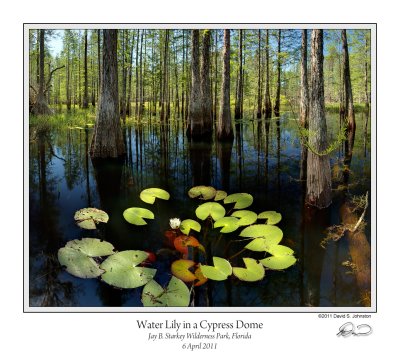efef21
Active member
- Messages
- 77
- Reaction score
- 16
Hi,
I'm trying to take some long exposure (30s) city photos at night, using a timer on a tripod so there is no reason for the photos to come out blurry...but they do.
My shutter sound have always been somewhat loud (comparing to my older camera), is it possible the the shutter itself makes the camera shake while closing, and by that making my photos blurry?
Camera is Samsung NX3300, I also had the NX3000 which had the same loud shutter sound, so i believe it's not an issue , but rather just how the camera is.
Thanks
I'm trying to take some long exposure (30s) city photos at night, using a timer on a tripod so there is no reason for the photos to come out blurry...but they do.
My shutter sound have always been somewhat loud (comparing to my older camera), is it possible the the shutter itself makes the camera shake while closing, and by that making my photos blurry?
Camera is Samsung NX3300, I also had the NX3000 which had the same loud shutter sound, so i believe it's not an issue , but rather just how the camera is.
Thanks
Last edited:



